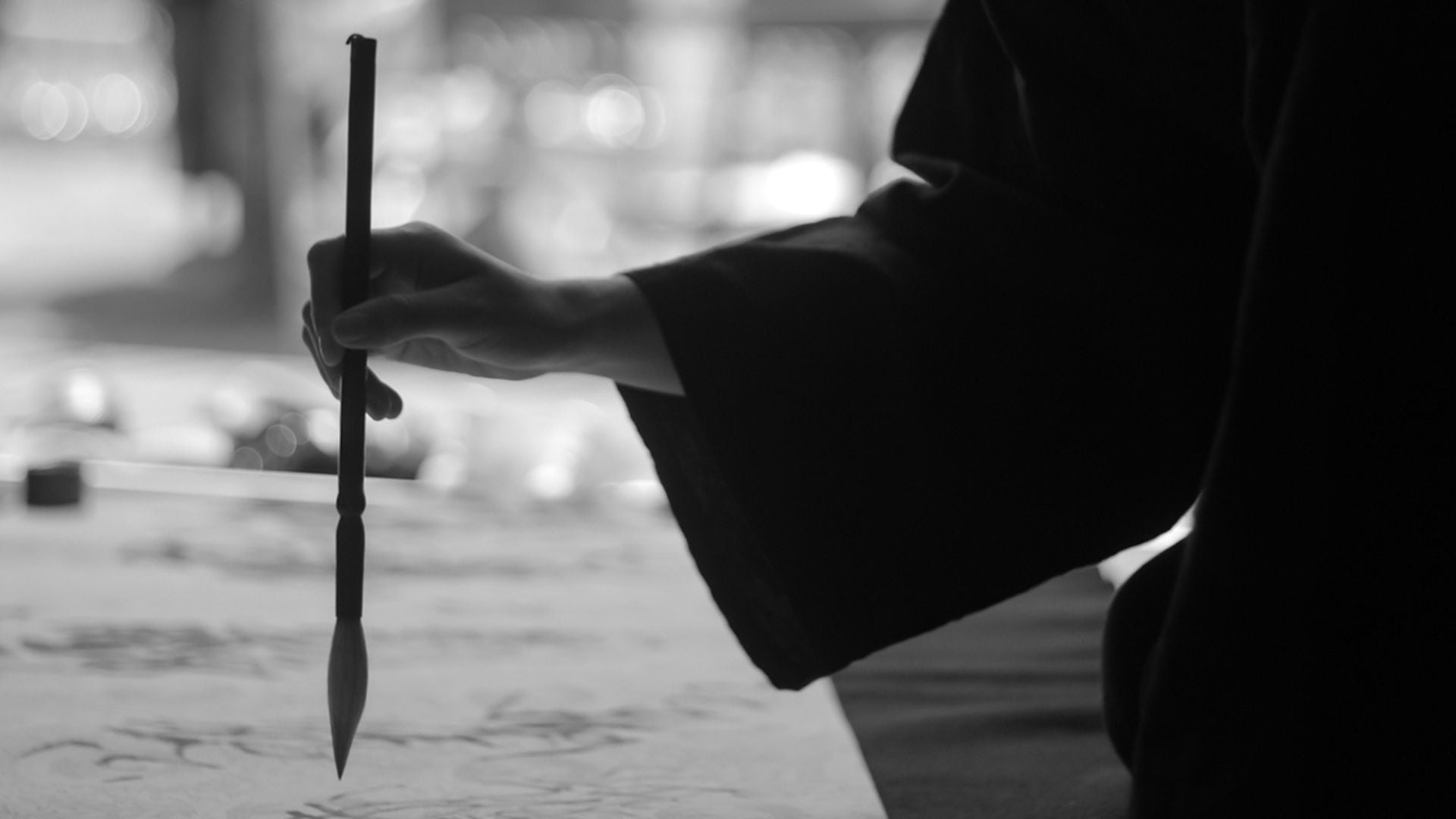Your cart is currently empty!
Category: History
-
Tama 1947: Nissan’s first electric car

Electric vehicles are not a new idea. In postwar Japan, where oil was scarce but hydropower was relatively abundant, the government promoted research and development in this area. Nissan engineers rose to the challenge with the Tama electric vehicle. Launched in 1947, the Tama was Nissan’s first electric car. Mainly used by taxi companies, it… Read more
-
What was the sword chase in Japan?

In 1588, Toyotomi Hideyoshi , the second of the three unifiers of Japan, issued a decree. Thereafter, farmers were prohibited from carrying swords or other weapons. The swords would be reserved for the class only of samurai warriors . What was the “sword hunt” or katanagari what followed? Why did Hideyoshi take this drastic step? In 1588, the kampaku of Japan , Toyotomi Hideyoshi, issued the… Read more
-
A German Newspaper Offers a Rare Peek into Life in 19th-Century Tokyo

Heinrich Schliemann paid a brief visit to the western Tokyo suburb of Hachioji during his month-long stay in Japan in 1865 before turning to archeology and discovering the ancient city of Troy, known as the setting of Greek mythology. The German was surrounded by beautiful prostitutes and tried unsuccessfully to buy a Japanese sword, according… Read more
-
The ‘UFO’ that visited Japan in the Edo period

A new exhibit highlights what some are calling Japan’s UFO history: a saucer-shaped ship known as the “Utsuro-bune” that is said to have washed up on the coast of Hitachi Province, present-day Ibaraki Prefecture, 220 years ago. years. during the edo era. The Joyo Museum of Historical Materials in Mito is organizing an exhibition titled… Read more
-
What is Shuriken? Various types of shuriken

Shuriken are often associated with “ninja weapons”, but in fact, they were often used to distract enemies and escape by hitting them as they fled, rather than attacking them. The name “shuriken” is also said to have been forged during the Muromachi period (around the 14th century) meaning “a sword that is hidden within the… Read more
-
Toyotomi Hideyoshi, the 16th century unifier of Japan

Toyotomi Hideyoshi (1539–September 18, 1598) was the leader of Japan who reunified the country after 120 years of political fragmentation. During his rule, known as the Momoyama or Peach Mountain era, the country coalesced as a more or less peaceful federation of 200 independent daimyo (great lords), with him as imperial regent. Early life Toyotomi Hideyoshi… Read more
-
What are the Wadaiko, the Japanese taiko drum?

In ancient times, taiko drums were used before battles, today, taiko drums play an important role in the music played at Japanese shrine festivals. In recent years, “wadaiko” has also spread abroad and there are now about 1,500 wadaiko teams in the United States alone. The lure of wadaiko Many other types of drums can only… Read more
-
The Mongol invasions of Japan

Kublai Khan’s quests for domination in 1274 and 1281 The Mongol invasions of Japan in 1274 and 1281 threatened to devastate Japanese resources and power in the region, destroying the samurai culture and the Empire of Japan entirely before a typhoon miraculously saved their last stronghold. Though Japan entered the war between the two rival… Read more
-
Haiku – Poetry that evokes the essence of Japan in three lines

Haiku poetry is the microcosm of a larger idea or feeling that evokes images, moments and much of the essence of Japan. Its simplicity is essential, as are Japanese Zen Buddhism, tea ceremonies, and Japanese cuisine. Being simple is a very important value that is always represented in Japanese culture and in the beauty of… Read more
-
Ukiyo-e art brings Chinese literary heroes to life

Few art forms are as quintessentially Japanese as woodblock print. However, its roots are not purely indigenous, and its development in the last decades of the 17th century owes much to China. “The diversity of subjects, the use of vivid colors to enhance expressiveness, not to mention the technology itself, all of these elements bear… Read more
